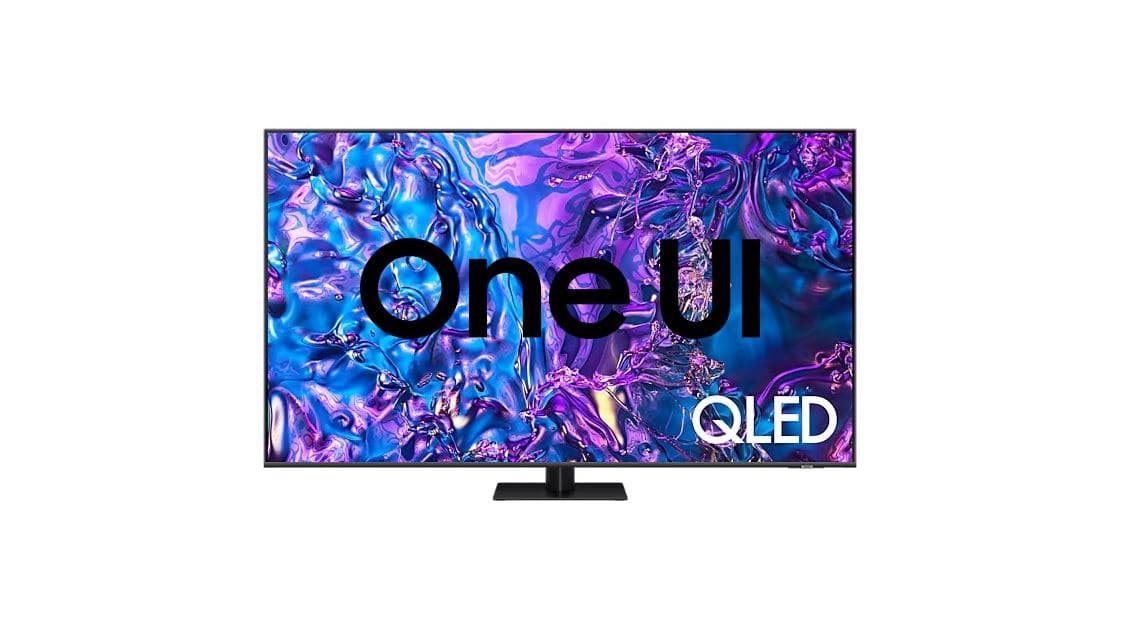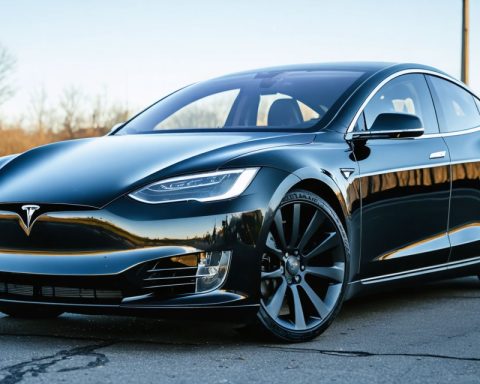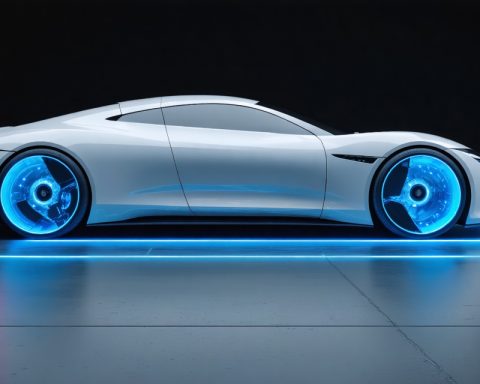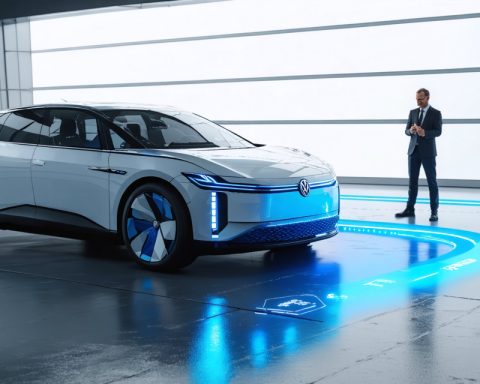At the latest Samsung Developer Conference in 2024, the tech giant revealed an exciting enhancement to its One UI interface, which is now being integrated into Samsung Smart TVs. This strategic move marks a critical step in creating a harmonious user experience across the entire range of Samsung devices, starting with the 2023 smart TV lineup.
One UI on Smart TVs
Samsung is initiating the rollout of One UI based on Tizen 8.0, with the S90C OLED TV being the first recipient of this upgrade. The new interface promises an intuitive layout that significantly enhances user interaction and accessibility, aligning more closely with the seamless experience found on Samsung smartphones and tablets.
Notable Features of One UI for TVs
One of the most striking aspects is the modernised interface, which facilitates easier navigation for users. Moreover, gamers will benefit from an upgraded Game Bar, designed to streamline the process of switching between gaming applications and accessing essential features, ultimately enriching the gaming experience.
A Vision for Unified Device Interaction
Samsung’s initiative aims to deliver a consistent, user-friendly environment across all devices within its ecosystem. With plans to further develop One UI for varied products by 2025, users can look forward to an integrated and familiar interface that enhances their Samsung experience. This commitment reflects Samsung’s dedication to creating a cohesive and accessible technology environment for its users.
The Impact of Samsung’s One UI Integration on Daily Life
In an era where technology is becoming increasingly integral to our daily routines, Samsung’s decision to integrate its One UI interface into its Smart TVs is not just a corporate strategy—it represents a significant shift in how users interact with their devices. The implications of this move reverberate across individuals, communities, and even countries, reshaping the way we consume media, interact with technology, and connect with one another.
Transforming User Experience
The integration of One UI into Samsung Smart TVs is designed to provide a more cohesive and user-friendly experience. For many users, this means less frustration when navigating between their television and other Samsung devices, leading to a more enjoyable consumption of digital content. By creating a unified interface that mirrors the user experience found on smartphones and tablets, Samsung is fostering an environment where users can seamlessly transition from one device to another. This can have profound effects on how families consume media together, as they no longer face the disconnect often found when switching screens.
Enhancing Community Engagement
Communities can also benefit from this enhanced technology integration. The new features—especially the upgraded Game Bar—encourage social gaming sessions, where friends can gather in living rooms to engage in multiplayer games more efficiently. As gaming becomes a more social affair, communities can strengthen their ties, fostering relationships over shared experiences. Additionally, the intuitive layout allows individuals from various age groups, including the elderly who may not be as tech-savvy, to access streaming services and community-focused apps with greater ease.
Societal Controversies and Accessibility Issues
However, the integration of advanced technology like Samsung’s One UI is not without its controversies. Critics argue that such enhancements can inadvertently widen the digital divide, especially in developing countries where access to the latest technology may be limited. While Samsung strives to create an environment of accessibility, the reality is that not every community will benefit equally from these advancements. Moreover, the push for a unified ecosystem raises concerns about monopolistic practices and data privacy, particularly as users share more personal information across devices.
Future Perspectives: A Technological Harmony
Looking ahead, Samsung’s commitment to extending One UI to more devices by 2025 could radically change how we engage with technology. With a vision aimed at providing a harmonious environment across all Samsung devices, users may begin to rely more heavily on a singular ecosystem for their digital needs. This trend could herald significant changes in consumer behaviour, suggesting that tech companies may need to adapt to an increasingly interconnected user environment.
In conclusion, while Samsung’s One UI integration is a step towards a more polished and connected digital ecosystem, it is crucial to consider the broader implications—impacting individual experiences, community dynamics, and the global technological landscape. As we embrace these advancements, it is essential to advocate for inclusivity and equitable access to ensure that technology serves as a bridge rather than a barrier.
For more information on technology advancements, visit Samsung.com.











